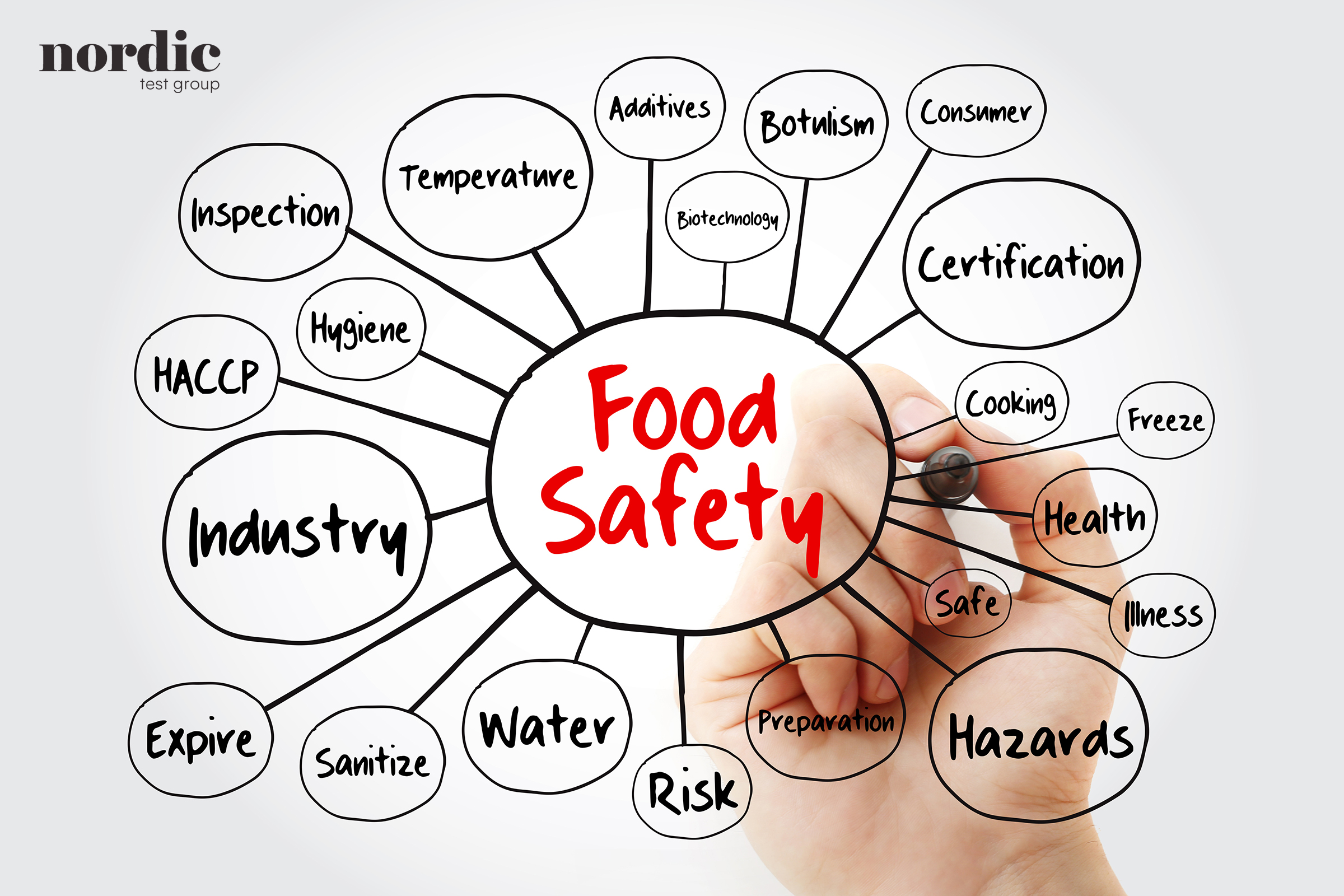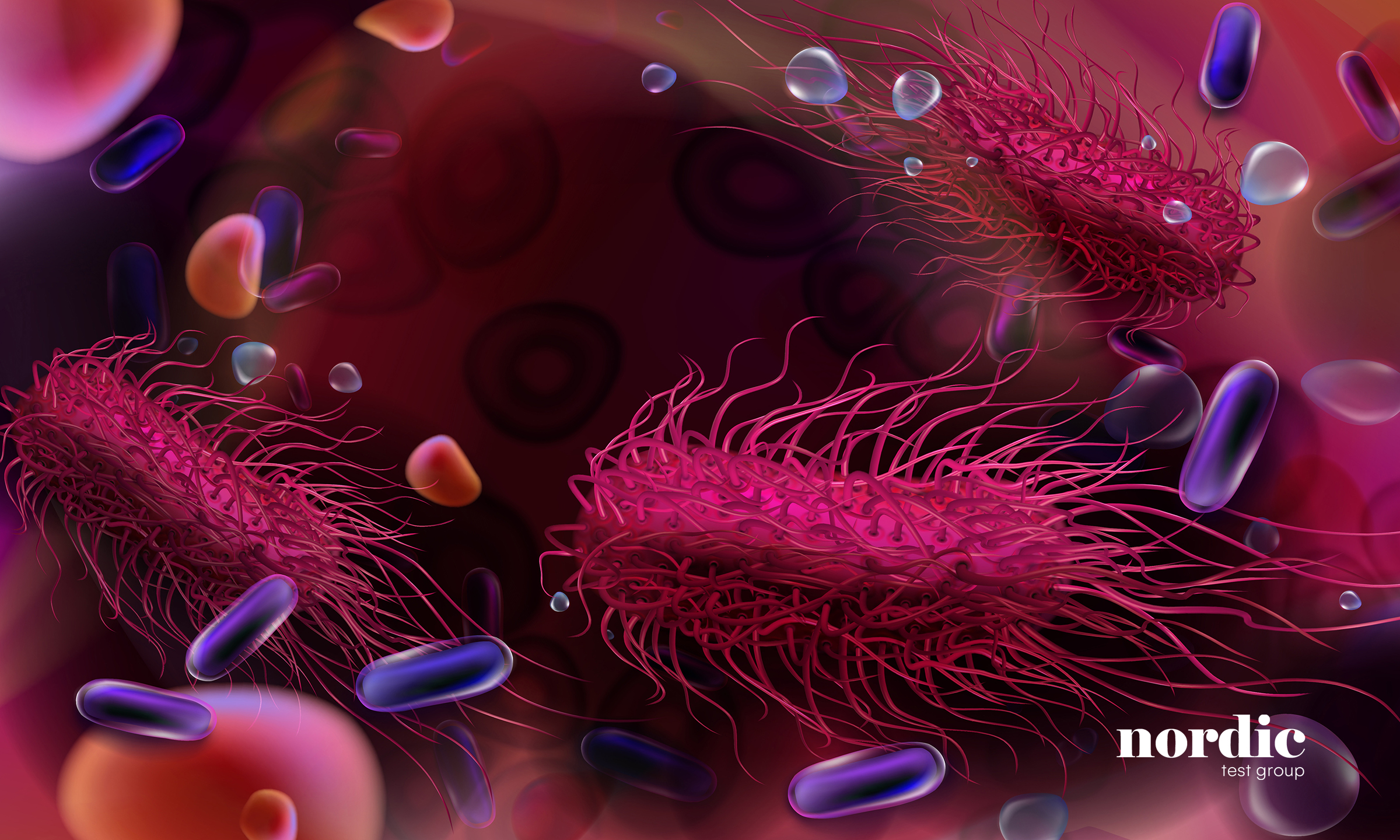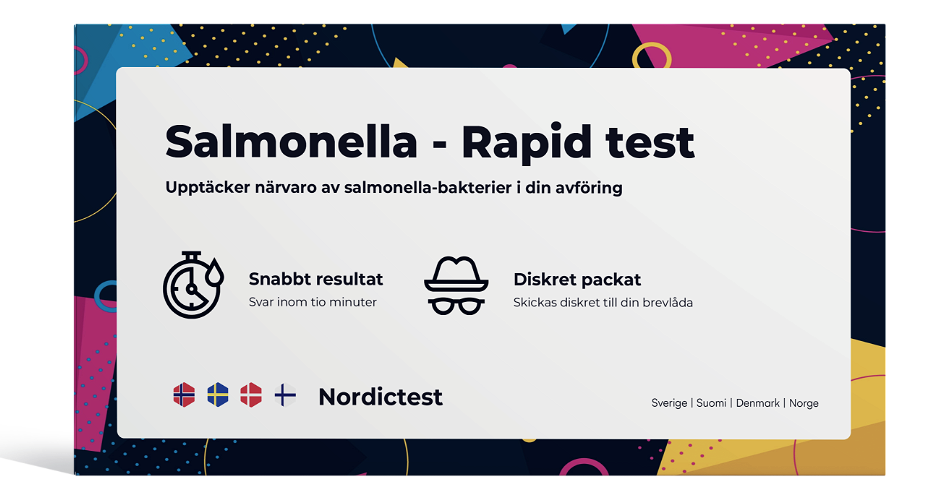From Farm to Plate: How Does Salmonella Reach Your Kitchen?
Published 2024-03-14 23:22 by Nordictest
One of the most common foodborne illnesses is known as Salmonellosis. It is caused by the Salmonella bacterium, which can find its way into our kitchens through food and water. If you contract salmonella, you may experience symptoms such as diarrhea, fever, and abdominal pain. But how does salmonella make its way from the farm to your plate? Does it even originate from the farm?
The process involves several steps, so it's not always straightforward that salmonella originates from the place where the food or drink was first produced. However, for the sake of example, let's take a look at how salmonella can reach your plate from the farm.
It Starts on the Farm
Long before you even consider taking a gastrointestinal test to check if you've contracted salmonella, you should know that the infection resides in the intestinal flora of an animal living on a farm. Birds, cattle, and pigs can naturally carry salmonella in their intestinal flora without being ill. Your pet may also carry the infection without symptoms.
The bacterium doesn't always cause illness in the animal, so it can be difficult for the farmer to know which animal is carrying it. But the bacterium doesn't stay in the animal's intestinal system. It can spread through feces to the environment. This means that salmonella bacteria can reach water, feed, and equipment on the farm.
Here are examples of how salmonella can spread from different animals:
| Source |
Spread |
| Poultry (chicken, turkey) |
Direct contact with animal feces or contaminated surfaces, contaminated water. |
| Cattle |
Contact with contaminated manure or through contaminated meat during the slaughter process. |
| Pigs | Through contaminated feed, water, or direct contact with animal feces. |
| Eggs | From contaminated hens to the inside of the egg or on the eggshell. |
| Fruits and vegetables | From soil contaminated with animal waste or contaminated irrigation systems. |
| Nuts and seeds | During processing from contaminated sources or during handling. |
| Pets (reptiles, small rodents) | Direct contact with animals or their environment, especially without good hand hygiene. |
Note how contamination can occur in food products that you may not even think of as sources of salmonella, such as fruits and vegetables. This highlights the importance of good hygiene and proper handling of both food and animals to reduce the risk of spread.

Salmonella during Harvest and Packaging
When it comes to fruits and vegetables, salmonella can find its way into these types of foods through soil contaminated with animal waste. If manure contains salmonella bacteria, it can thus accompany fruits and vegetables as they are harvested.
Furthermore, water containing salmonella used for irrigating vegetable plots can also contribute to its spread. If harvesting and packaging of fruits and vegetables are done with poor hygiene, the bacteria can thus make its way to the store and then to your kitchen!
Salmonella during Transport and Distribution
But salmonella can also contaminate food during transport and distribution. Salmonella bacteria thrive where it is warm. If food is not properly chilled during transportation, the infection can quickly spread. In this way, a larger portion of the cargo may arrive contaminated with salmonella than would have been the case if handling had been at the correct temperature.
Salmonella in the Store and Kitchen
In a store, salmonella can spread between different food items if they come into direct contact with each other. For example, a raw food item might come into contact with cooked food, thus spreading the infection further to consumers.
It's incredibly important for stores to have clear procedures for handling food. Hygiene should be a given, as well as how different types of food are packaged and stored.
In your kitchen, you have the greatest responsibility. Once the food has arrived home with you, proper handling in your kitchen can eliminate further spread and illness.

You should be meticulous about:
- Washing hands
- Cleaning kitchen utensils
- Keeping work surfaces clean before and after contact with raw foods
- Not using the same utensils for raw and cooked foods
With good routines in your kitchen, you can actually keep salmonella at bay. Despite the fact that the infection has made its way all the way from the farm to your kitchen, you can ensure that there is no stomach upset in your household!
Preventive Measures from Farm to Your Kitchen
Just like with any other infection, preventive measures are essential to keep the risk of infection under control.
On the Farm
Here, it's possible to work with strict hygiene practices. The health of the animals should be regularly checked, and tests can be carried out to see if the infection is present on the farm.
During Harvest and Packaging
During harvest, it's important to handle fruits and vegetables hygienically. This can prevent the spread of the infection.
During Transport and Distribution
It's important that transport and distribution occur at the right temperature. This should be checked to ensure that there are no unintentionally high temperatures that could allow salmonella to take hold and spread over an entire delivery.
In Store and Kitchen
In stores, restaurant kitchens, and at home in your kitchen, good hygiene can prevent infection. This applies to both hands and surfaces. Additionally, raw and cooked foods should be stored separately. We can also prevent kitchen infection by ensuring that meat and eggs are properly cooked so that bacteria are eliminated.
Knowledge is Power
Last but not least, knowledge is power. If you've ordered a home test to check if you've been infected with salmonella or other infections such as tonsillitis, it's important to know how to handle it. Not only can you take steps to prevent the infection from spreading further, but you can also plan ahead to avoid it happening again.

